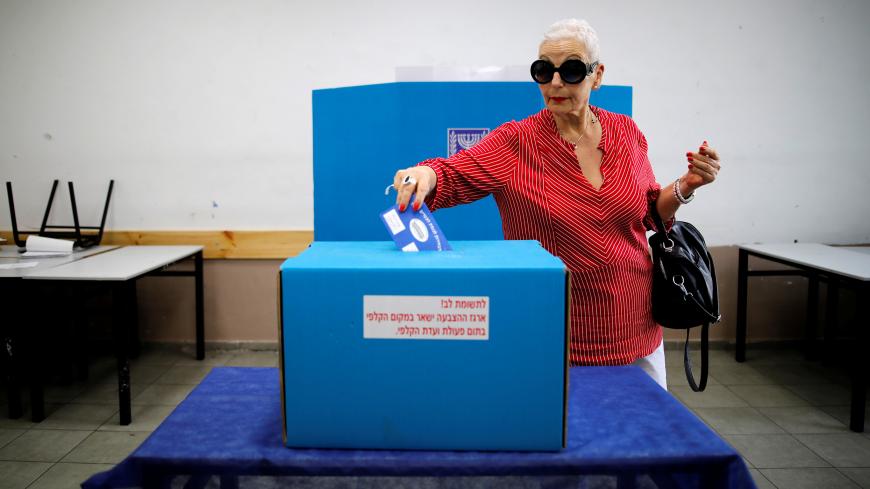Israelis go to the polls in just over two months, on Sept. 17, for the second time in less than six months, and the dead end looks deader than ever. According to the polls, Prime Minister Benjamin Netanyahu will not have the parliamentary majority required to form a new right-wing government without the support of his nemesis Yisrael Beitenu head Avigdor Liberman, whose electoral strength keeps growing. The rival Blue and White party led by Benny Gantz and Yair Lapid will not have the majority needed to form a center-left government, either.
The recent decision by former Prime Minister Ehud Barak to join the race has not changed the situation in any substantive way and the left-wing parties — Barak’s Democratic Israel party, Labor and Meretz — are having a hard time deciding to join forces. The situation on the right side of the political map is no better. The parties led by Rabbi Rafi Peretz (HaBayit HaYehudi) and Bezalel Smotrich (National Union) have already announced a joint run as they did in April, but the other players — Naftali Bennett, Ayelet Shaked, Moshe Feiglin and the ultra-radical Jewish Power headed by Itamar Ben Gvir and Baruch Marzel — are running circles around themselves, unable to reach a decision on uniting. No one knows what Sept. 18, the day after the elections for the 22nd Knesset, will bring.



